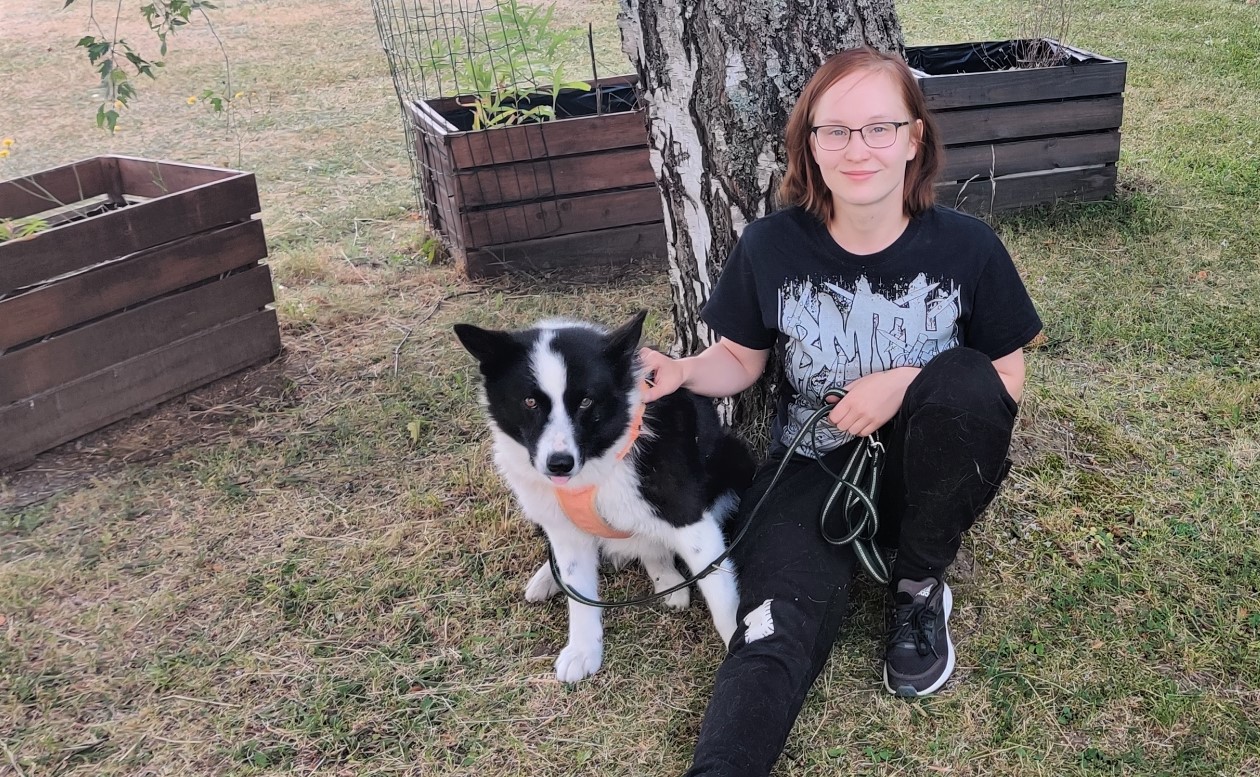In the spring of 2021, I received good news: I got a summer job as a translator and subtitler in the PIRSSI project. I took the PIRSSI course in the autumn of 2020, and, after that, I completed a working life project in which I translated some of the PIRSSI project materials from Finnish into English. I continued this work in my summer job, and I also proofread Finnish project materials and subtitled project videos in Finnish and English.
I accepted the job with excitement. I was particularly happy to about the subtitling tasks because, in my studies, I have specialised in accessibility, but I have yet had quite few opportunities to apply the skills learned on courses in practice. In the beginning of the summer, I complemented my accessibility competence on a few weeks long course on intralingual subtitling, also known as subtitling for the deaf and hard-of-hearing (SDH) and closed captioning. As the name suggests, SDH is primarily aimed for the deaf and hearing impaired, but intralingual subtitles can benefit other users as well, for example, language learners and people who, for one reason or another, learn more easily by reading than listening.
Interesting yet challenging work
The work was extremely interesting but, at times, also very challenging. To a large extent, translating is creative problem-solving, and that is exactly what this work required. It was particularly challenging to translate the working life and taxation terminology in The Gig Work Guidebook (in Finnish, Keikkatyön käsikirja). In June, I spent considerably more time on the Tax Administration website than is probably healthy to anyone.
While working on the terminology, I noticed that Finnish taxation terminology differs from the English terms, sometimes radically. For example, the Finnish terms ammatinharjoittaja, elinkeinonharjoittaja and itsensä työllistäjä are all translated as self-employed person in English. When the Finnish Guidebook text distinguished between these terms, I as the translator had to really scratch my head at times to avoid such sentences as “self-employed people employ themselves”.
Important work
Some of the English terms seemed more transparent than their Finnish equivalents, that is, they express the meaning more clearly. For example, the phrase conduct business is, in my opinion, easier to understand than the phrase used in Finnish official language, “harjoittaa elinkeinotoimintaa” (literally ‘practice business operations’). Even though, in recent years, Finnish state institutions have become aware of the fact that the language they use has a great social and economic impact, the operation of weeding out complicated jargon seems to be far from complete on the Tax Administration website, for example.
This is regrettable also for young professionals entering working life through self-employment. It would be great if they could go online and easily find reliable information that they could understand without a degree in administrative sciences. Fortunately, this is a need that the PIRSSI project aims to meet. For my part, with my work, I have contributed to reaching this goal by making the information available also to people who do not understand Finnish. This is a kind of accessibility work, too.
Professional competence and useful information
What did I get from this summer job, then? A lot, actually. In addition to experience in translation and new skills, when translating the texts of the Guidebook, I happened to peruse the texts with quite a close eye. Now, in my group of friends, I am that one person who drops random trivia about the Finnish corporate tax system. I am sure I will benefit from the information I have absorbed when building my career. And who can deny that it looks good on my CV when the most recent employer is Tampere University?
It was definitely worth it to take the working life project.
Mira Kainulainen
The author is a student of multilingual communication and translation studies



